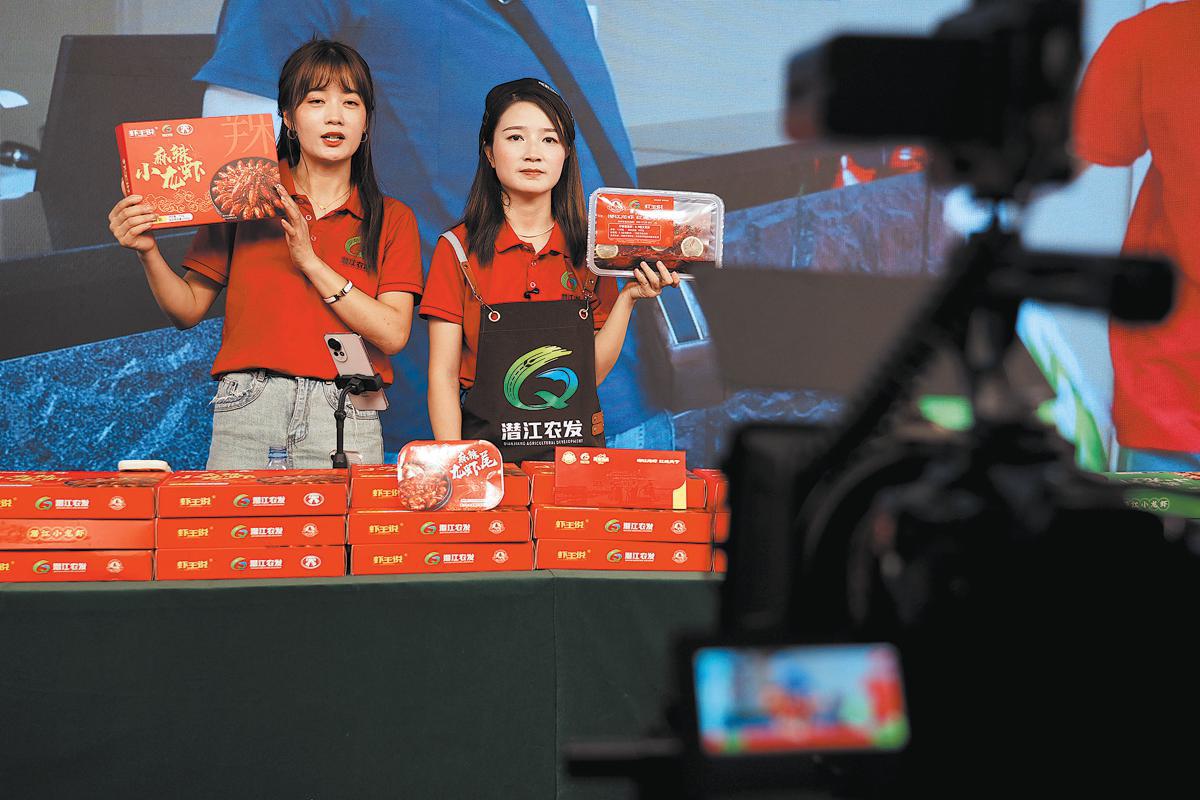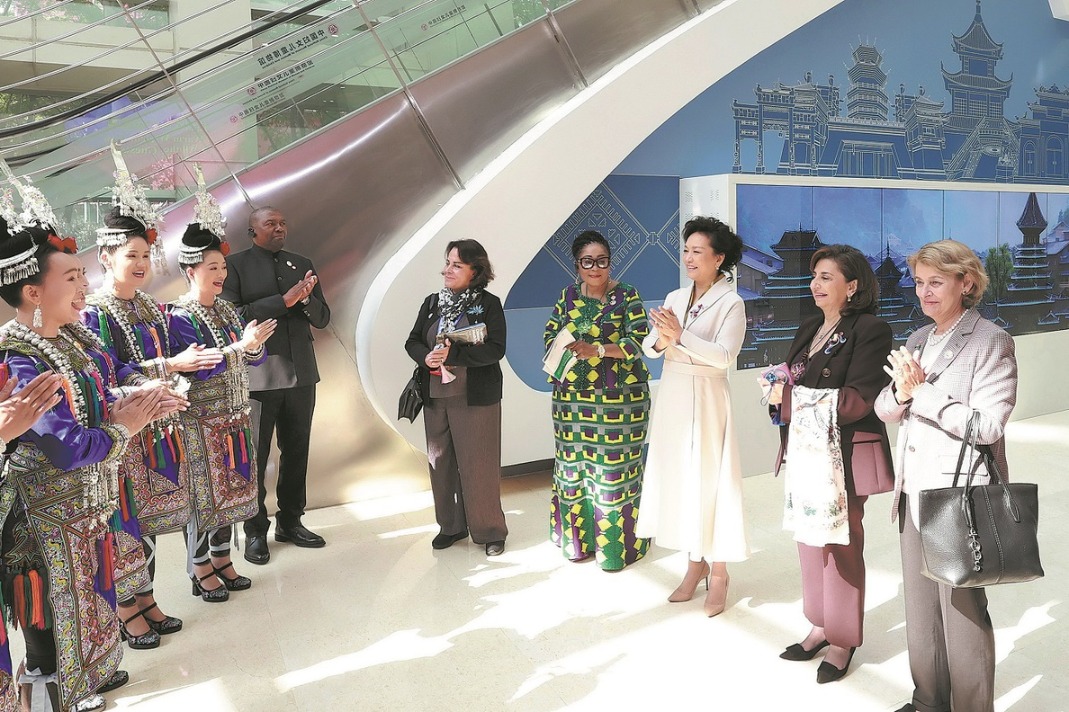Farmers diversify field work to double rewards
Side-by-side cultivation of rice and crayfish creates sustainable, profitable model


The center produces more than 100 products such as oil-braised crayfish, frozen packs for online delivery, and health supplements, he added.
Many younger villagers who were once eager to leave for factory jobs in cities are coming back to try their hand at co-cultivation, said Zou Yudong, head of crop management at the local agriculture bureau. "As long as there's income, farmers are motivated. This model provides them with steady life and development opportunities in their hometown," Zou said.
Local authorities said that the city is promoting the standardization of seeds, inputs, farming practices, field management and harvesting to improve the quality of crayfish.
However, Yang from the crayfish promotion center cautioned on the industry's rapid rise.
"If crayfish reproduce too quickly, density goes up and size goes down, which lowers market value," Yang said.
Researchers continue to refine the model by testing composite systems, adding other marine life such as mandarin perch and eels, or planting aquatic vegetables alongside rice and crayfish to balance ecosystems and ease overcrowding, he said.
Breakthroughs have been made with winter crayfish farming in ponds that can achieve year-round supply, such as the ability to produce seed stock by separating breeding and farming areas within the same pond, said Zhang Yun, head of the center.
"The new system improves survival rates and enables rotational stocking and harvesting, ensuring a steady supply of crayfish," Zhang said.
























